Herbaceous forage plant of the legume family, common species

The legume family is familiar to everyone, if not in all its diversity, then certainly in some specific species examples.
Both herbaceous forage plants of the legume family and edible species, which have taken a strong place in cooking, are used.
Content:
- Legume family: plant characteristics, features
- Distribution of legumes
- Wild plants of the legume family
- Cultural representatives of the family
- List of the most common forage plants of the legume family
Legume family: plant characteristics, features
By legumes we mean dicotyledonous plant family, which are grown for decorative or consumer purposes. The family is divided into three groups: legumes proper, mimosa and caesalpiniaceae, which differ in flower shape.
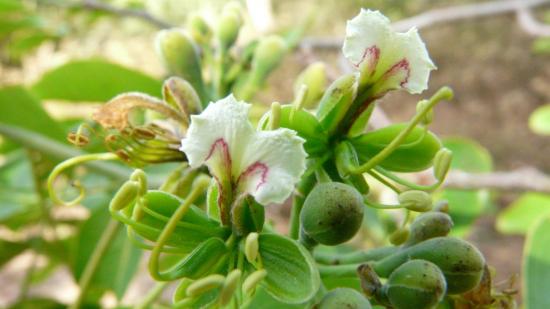
A distinctive feature of these plants is the speed of adaptation to any conditions. In terms of distribution in the world, they are only slightly inferior to representatives of cereal crops.
You can recognize them by:
- Complex trifoliate leaves, pinnate or palmate in structure (although there are representatives with simple plates);
- Since the plant is dioecious, one contains flowers of both sexes, collected in inflorescences;
- In the structure of flowers there are: the upper large petal, which is called the sail, the side ones - the oars and the lower ones, fused - the boat;
- The fruit is a dry multi-seeded pod or bean with a pair of valves that crack when ripe. As a rule, seeds have large cotyledons in which, unlike cereals, there is no endosperm.
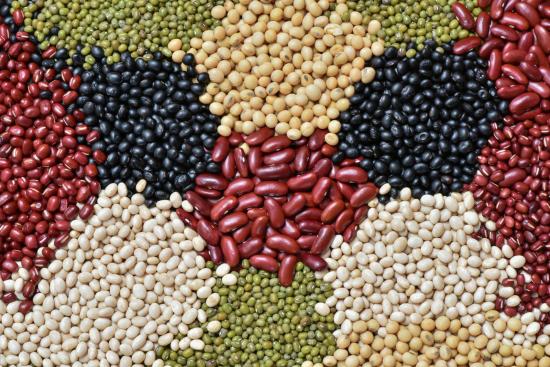
Like other families, legumes have a number of characteristic features. This makes it possible for even a layman in matters of botany to determine that it is a representative of legumes that is in front of him.
You will learn more about the members of the family when watching the video:
Distribution of legumes
The speed of adaptation to new conditions determined the spread of members of the family throughout the world. However, the greatest diversity is observed in areas of temperate and tropical climates; the fewest species can be found in cool areas, closer to the poles.
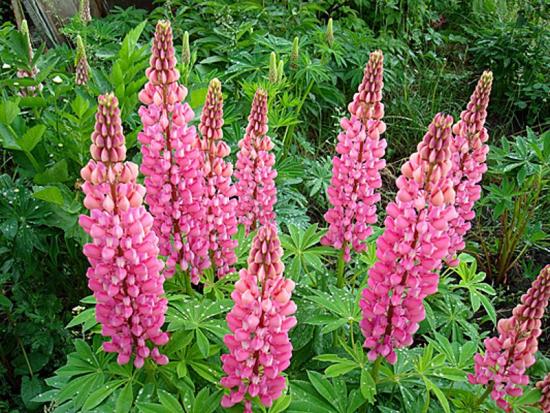
The subfamilies Mimosa and Caesalpineaceae are common in the tropics and subtropical regions. In temperate climates, legumes themselves predominate.
Representatives of this family are not found at all on saline soils, since they do not belong to epiphytes, in cold regions with a significant depth of soil freezing. They are practically not found in mangroves with the exception of one species - Neptunia Ogorodnaya.
Widespread in all climatic zones, representatives of legumes simply could not help but find a place for themselves in agriculture, cooking and even medicine.
Wild plants of the legume family
The legume family is rich in both cultivated and wild species.
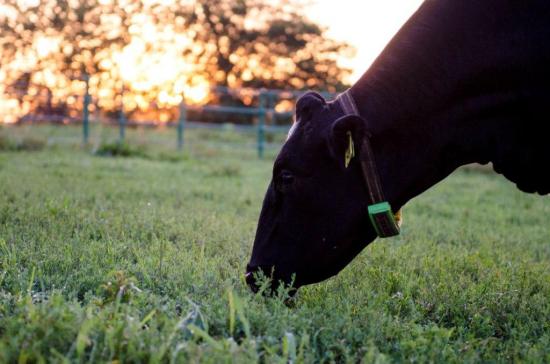
The latter grow and spread without human intervention and are used as a basis for pastures; striking examples of wild representatives are those listed below.
| Clover and alfalfa | Forage species |
| China | Annual and perennial plants, distinguished by beautiful flowers of all shades |
| Lyadvenets | Perennial, recognizable by its characteristic yellow flowers. |
| Sweet clover | A valuable fodder plant, some of its species are used in traditional and alternative medicine |
| Yellow acacia (karagana) | A wild shrub common in temperate climates |
A characteristic feature of varieties and species are considered to be tendrils, with the help of which young stems cling to supports. This is clearly visible in natural conditions in the thickets of the forest chin.
Cultural representatives of the family
Cultivated species are known due to their distribution in cooking. The most common and well-known types include the following.
| Peanut | An annual with a high calorie content. Used for food (chocolate and butter making) and industrial purposes |
| Beans | They are distinguished by their fleshy fruits, which increase their calorie content after heat treatment. Helps improve immunity, used to prevent anemia |
| Peas | Dietary product, used in the cosmetic and food industries. Normalizes metabolic processes, improves the functioning of the gastrointestinal tract |
| Chickpeas | It is characterized by a high level of carbohydrates, which has made chickpeas one of the main products of vegetarians. Cleanses the stomach, reduces the level of toxins in the body, has a beneficial effect on the functioning of the cardiovascular system |
| Soybeans | A controversial product that has firmly established itself in the food industry. However, despite the abundance of rumors, it lowers cholesterol levels, activates the elimination of toxins and normalizes the functioning of the cardiovascular system. |
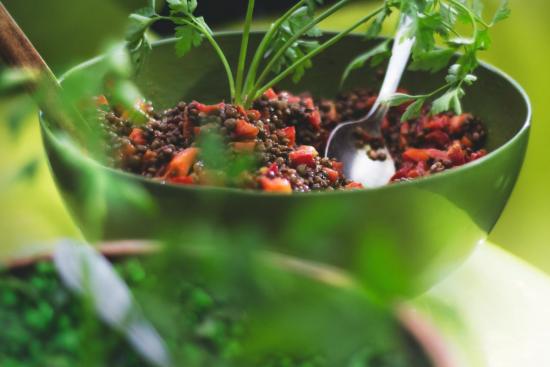
It’s hard to find anyone who hasn’t heard the controversy surrounding the effects of soy on the body, comments about the taste of peanut butter, or held peas in their hands.These products have long been part of our everyday life.
List of the most common forage plants of the legume family
Feed representatives make up the bulk of livestock feed. Legumes, due to active growth and accumulation of nutrients, contribute to rapid saturation.

Known species include the following.
| Vika | An early ripening plant, which makes it possible to use vetch as feed and fertilizer for the soil. Significantly superior to clover and peas in terms of nutritional richness |
| Lupine | In addition to being used for cattle feed, it is also used in ornamental gardening. |
| Fenugreek | Valuable feed additive for animals and people. Added to food in raw and dried form for overall health of the whole body. |
In addition, forage species include clover and alfalfa. Often these wild species are dispersed for pasture.
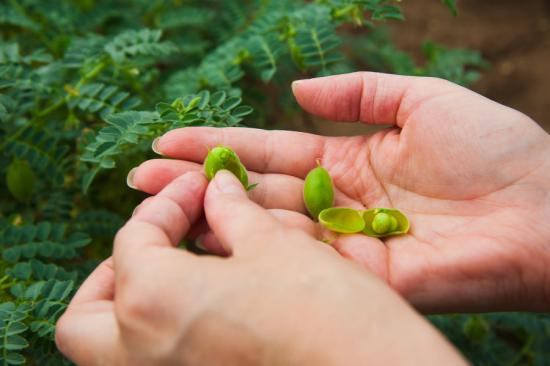
The legume family is distinguished by a variety of species and varieties, including cultivated, wild and forage varieties. Widely distributed throughout almost the entire globe.
Let's watch an interesting video about one of the herbaceous forage plants of the legume family:

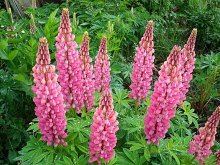
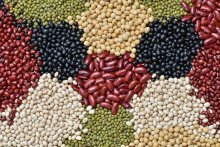
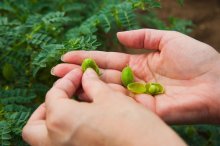
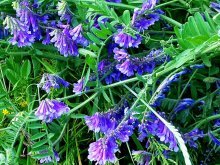
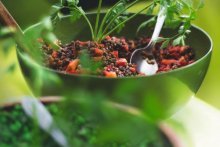
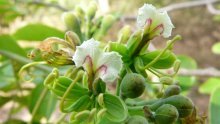

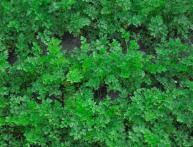
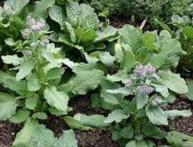
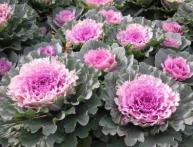
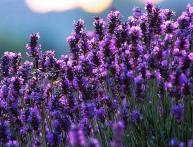
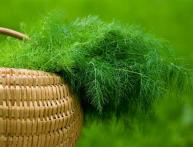
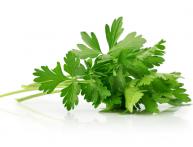
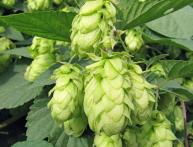
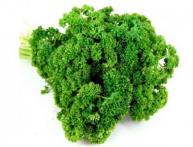
Comments
Is it true that white beans taste better than other types of this plant? Although this plant is considered a fodder plant, we make bean soup at home and also make salads, regardless of whether it’s a holiday or not.
I prefer to grow and cook chickpeas or, in other words, chickpeas. It grows well in our south. Not only is it rich in protein, but it makes a delicious hummus product.
I absolutely love peanuts, but I had no idea that they were a legume. I also really love red beans and always buy them in cans, prepared in different ways.And I make salads and soup from it myself.